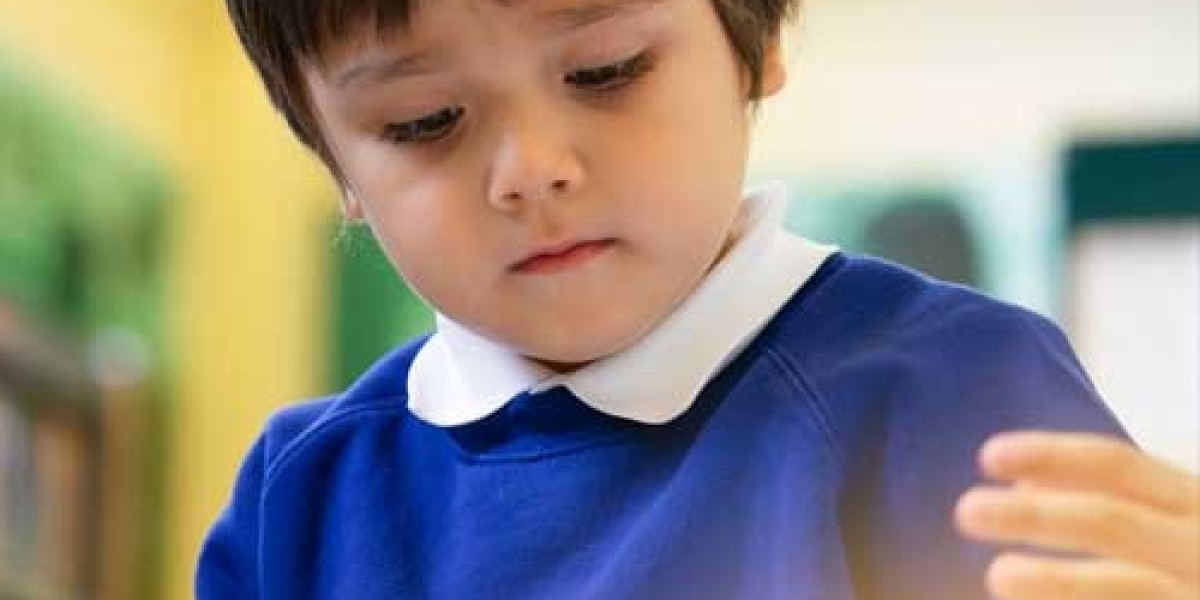In the world of education, the early years are a critical period for children's development. It’s during these formative years that children develop essential social, emotional, and cognitive skills. This blog will explore how creating an engaging kids zone, integrating the PSHE curriculum, and utilizing early year resources can foster a holistic development environment for young learners.
What is a Kids Zone?
A kids zone is a designated area specifically designed for children to explore, play, and learn. It is a space where children can feel safe and engaged, allowing them to express themselves freely. These zones can be found in various settings such as schools, homes, and community centers. They often include a variety of resources and activities that are tailored to the needs and interests of young children.
Importance of PSHE Curriculum in Early Education
The PSHE (Personal, Social, Health, and Economic) curriculum plays a vital role in early education. It is designed to help children develop the knowledge, skills, and attributes they need to manage their lives, now and in the future. The PSHE curriculum covers a range of topics including:
Personal well-being: Helping children understand and manage their emotions, build resilience, and develop a positive self-image.
Social skills: Encouraging children to interact positively with others, develop empathy, and learn effective communication skills.
Health education: Teaching children about the importance of physical health, hygiene, and nutrition.
Economic understanding: Introducing basic concepts of money management and the value of resources.
Integrating the PSHE Curriculum into a Kids Zone
Creating a kids zone that incorporates the PSHE curriculum can greatly enhance the learning experience for young children. Here are some ways to integrate PSHE into your kids zone:
1. Personal Well-Being Activities
Designate areas within the kids zone where children can participate in activities that promote personal well-being. This could include:
Mindfulness corners: Provide a quiet space with soft seating, calming visuals, and resources like mindfulness books or guided meditation recordings.
Emotion stations: Create areas where children can explore their feelings through activities like drawing, storytelling, or using emotion cards.
2. Social Skills Development
Encourage social interaction and the development of social skills by incorporating group activities and collaborative projects:
Role-playing games: Set up scenarios where children can practice social interactions, such as playing shopkeeper and customer, or acting out various social situations.
Team-building exercises: Provide games and activities that require teamwork and cooperation, helping children to build positive relationships and learn effective communication.
3. Health Education
Promote healthy habits and physical well-being through interactive and engaging activities:
Nutrition education: Create a mini-kitchen area where children can learn about healthy foods and even participate in simple cooking activities.
Physical activity zones: Set up areas for physical play, such as a mini-gym with soft play equipment, or an outdoor space with activities like ball games and obstacle courses.
4. Economic Understanding
Introduce basic economic concepts through playful and age-appropriate activities:
Pretend play areas: Create a mock grocery store or bank where children can role-play and learn about money, spending, and saving.
Resource management games: Use games that involve managing resources, like a classroom shop where children can buy and sell items using play money.
Utilizing Early Year Resources
To effectively integrate the PSHE curriculum into a kids zone, it is essential to utilize a variety of early year resources. These resources should be engaging, age-appropriate, and aligned with the learning objectives of the PSHE curriculum. Here are some examples:
1. Books and Storytelling
Books are a fantastic resource for teaching various aspects of the PSHE curriculum. Choose books that cover topics such as emotions, friendships, health, and money. Storytelling sessions can be interactive, with children participating in discussions and activities related to the story.
2. Educational Toys and Games
Select toys and games that promote learning through play. Look for items that encourage social interaction, problem-solving, and creative thinking. Examples include:
Board games: Games that require turn-taking and strategy can help develop social skills and cognitive abilities.
Building blocks: Encourage teamwork and creativity by providing blocks for collaborative building projects.
3. Art and Craft Supplies
Art and craft activities can be a great way to explore emotions, express creativity, and develop fine motor skills. Provide a variety of materials such as:
Drawing and painting supplies: Encourage children to express their feelings and ideas through art.
Craft kits: Offer themed craft kits that align with PSHE topics, like making friendship bracelets or creating healthy eating collages.
4. Digital Resources
Incorporate technology into your kids zone with age-appropriate digital resources. These can include:
Educational apps: Look for apps that focus on PSHE-related topics, such as mindfulness, social skills, or health education.
Interactive whiteboards: Use interactive whiteboards for group activities, educational games, and multimedia presentations.
Creating an Inclusive and Diverse Kids Zone
It is important to ensure that your kids zone is inclusive and reflects the diversity of the children who use it. Here are some tips for creating an inclusive environment:
1. Diverse Resources
Choose resources that represent a wide range of cultures, backgrounds, and experiences. This can include books, toys, and activities that celebrate different cultures and promote understanding and respect.
2. Accessible Design
Make sure that your kids zone is accessible to all children, including those with disabilities. This can involve:
Physical accessibility: Ensure that the space is easy to navigate for children with mobility issues, with ramps, wide doorways, and adjustable furniture.
Sensory-friendly options: Provide resources and activities that cater to children with sensory processing issues, such as quiet areas, sensory toys, and visual aids.
3. Inclusive Activities
Plan activities that are inclusive and allow all children to participate. This can include:
Adapted games: Modify traditional games to make them accessible to children with different abilities.
Group projects: Encourage collaboration and teamwork, ensuring that all children have a role to play.
Conclusion
Creating an engaging kids zone that integrates the PSHE curriculum with early year resources is a powerful way to support the holistic development of young children. By providing a safe, inclusive, and stimulating environment, we can help children develop essential life skills, build positive relationships, and lay the foundation for a healthy, happy future. Investing in these early years is crucial, as the benefits will extend far beyond childhood, shaping the adults they will become and the society they will contribute to.








